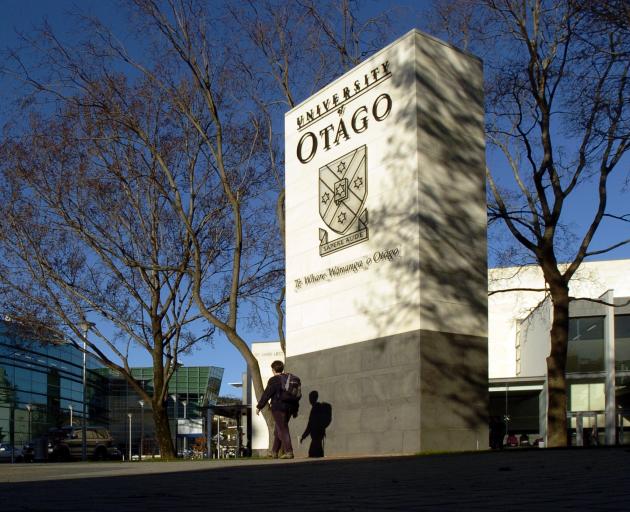

Definitely not.
The $10.5million is a small top-up in tuition fee cash for 2024, and again for 2025.
It is less than 18% of the $60million savings that acting vice-chancellor Prof Helen Nicholson has said needs to be slashed from the university’s operating budget — its annual running costs — which are $834million this year.
Will the university end this year in the red?
Absolutely.
The extra government money is for 2024 and 2025, not 2023.
The university has confirmed repeatedly that its operating budget will not get back in the black this year — and the situation has been progressively worsening.
At the end of April the university’s forecast end-of-year operating deficit stood at $24.2million in the red, slumping from last month’s forecast of $22.5million.
When the university set its 2023 operating budget last November, it forecast a deficit of $12.4million.
The worsening forecast is due to projected student number increases not materialising.
Is the hidden savings target for this year, that came to light in April, being achieved?
To recap, the university set itself a $25million savings target for this year, that it knew about last November and hid from staff until this April.
Its operating budget forecasts are predicated on this target being achieved — through methods including asset sales and redundancies, which the university said would be in the hundreds.
As she walked out to retirement this month, finance chief Sharon van Turnhout said she was "confident" the target would be achieved.
It may, or may not be.
Otago’s end-of-April figures showed $13million savings had been found and a further $12million still needed to be found.
If the target is not achieved, the deficit will be far worse.
Will the slated voluntary redundancies help achieve the savings target?
Absolutely.
If the university goes ahead with 162 voluntary redundancies — 35 have been approved and 127 are "in progress" — this will bring permanent savings in the millions.
More than half the university’s costs are staff related.
However, we are already halfway through the financial year — and making redundancies incurs costs.
Savings from redundancies at this stage will therefore reap significantly more savings in 2024 than this year.
Is there a target date for getting back in the black?
In yesterday’s all-staff meeting, staff were shown a graph indicating a further slump in 2024, then a hope of shooting up into the black by 2025, achieving a target 3% surplus by 2026 and a rosy future of continued annual surpluses from then on.
OK, but aside from the voluntary redundancies, what’s the master plan to achieve that rosy future?
Nobody knows.
The university’s "management of change" activities are considering savings across the university’s divisions — but there is no known plan as yet.
What about the capital expenditure programme and debt situation?
Good question.
The university is undertaking a very large capital expenditure programme of building works.
This includes new buildings and refurbishment of buildings — some are essential repairs for regulatory reasons.
The university has always known these building works would require debt — for the first time in the university’s modern history.
The university has said it expects to be in a borrowing situation within weeks again now, after borrowing for two weeks at the end of 2022 — but has also slowed down its capital expenditure.
It budgeted to spend nearly $169million this year in building works — and end the year $217.6million in debt — but by end of April had spent under $21million. That amount will start to ramp up if work progresses more on major projects such as the new Christchurch health campus, which has had its foundations dug.
Has the university been worrying it might not be able to carry on?
Without a doubt, yes. Its goal to save $60million a year from its operating budget shows it is serious about this threat.
Saving this amount would likely create a small, healthy surplus — which would enable it to start paying back its planned capital expenditure debt.
Not saving this amount, combined with continued capital expenditure, risks a rapid slide down to the university’s allowed debt ceiling — which is a maximum borrowing of $330million — risking the university’s liquidity.
So, what’s behind it all?
The university has primarily blamed years of government underfunding not keeping step with inflation — and student numbers lower than projected.
Others have suggested a failure of the university to manage its operations as efficiently and profitably as it could.
Government funding levels have generally been predictable and student numbers are largely static at Otago. Otago was one of only three universities — Auckland and Canterbury being the other two — who increased their student numbers between 2019 and 2022.
Both those universities are doing all right, it seems.
Auckland University is projecting an operating surplus of $9.8million this year. University of Canterbury is forecasting a $14million deficit, but has virtually zero debt — a $600,000 loan that is 50 years old.
The question of "what’s behind it all" at Otago, and how can we stop this happening again, is one for incoming chief finance officer Brian Trott and whoever takes up the reins as vice-chancellor.








